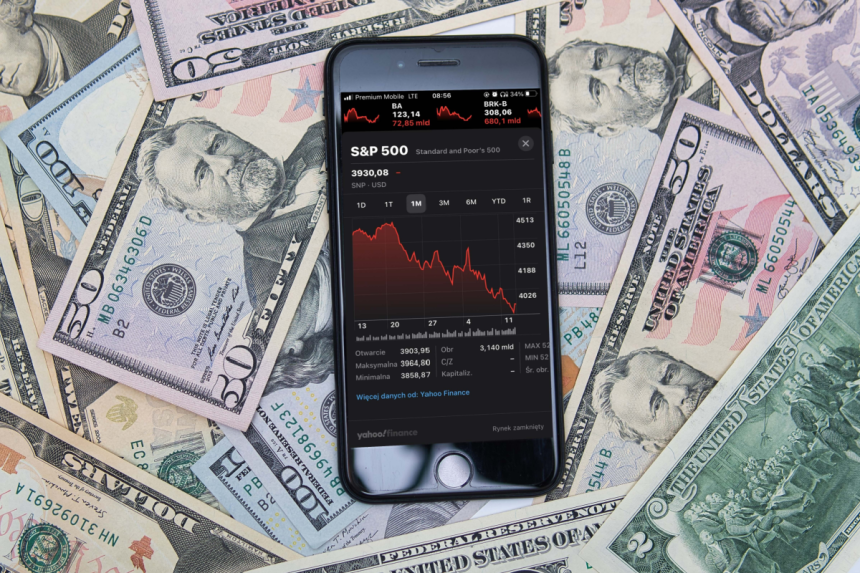The US stock market continues its remarkable surge, with the S&P 500 rising more than 60 percent since early 2023 and repeatedly setting all-time highs. While investors celebrate these gains, many experts warn the market may be overpriced, drawing parallels to past bubbles such as the dot-com boom. Concerns range from high valuations to heavy reliance on a handful of dominant technology companies.
Valuations Reach Historic Levels
By traditional measures, US stocks are more expensive than ever. Investors last week paid $3.25 for every $1 of revenue generated by S&P 500 companies, the highest price-to-sales ratio on record. The index is also trading at more than 22 times forward earnings, well above the long-term average. A recent Bank of America survey found nine out of ten fund managers consider US stocks overvalued.
Role of the Magnificent Seven
Much of the market’s momentum comes from the so-called “Magnificent Seven”: Apple, Microsoft, Tesla, Meta, Amazon, Nvidia, and Alphabet. These firms represent about one-third of the S&P 500’s value. Their profitability and perceived potential in artificial intelligence have fueled enthusiasm, though experts caution that AI alone cannot explain the broader rally. Similar market concentrations have occurred throughout history, from railroads to automobiles.
Herd Behaviour and Momentum
Beyond fundamentals, human psychology plays a key role. Analysts argue herd behaviour and momentum investing are pushing prices higher. Fund managers, wary of underperforming competitors, continue buying into the rally. The shift from active management to passive index funds also increases automatic investment in large companies, further driving valuations upward.
Risks of a Market Correction
Steep declines remain a recurring feature of financial markets. Since World War II, stocks have fallen more than 20 percent from peaks on 15 occasions. Recovery timelines vary, with some crashes taking over a decade to overcome. Experts warn against trying to time the market, noting that the best-performing days often follow the worst downturns. For cautious investors, shifting toward bonds or holding more cash may be safer than attempting to predict a correction.
Conclusion
The record-breaking US stock market reflects both strong corporate earnings and investor optimism, but it also carries significant risks. High valuations, dependence on a small group of firms, and psychological momentum raise the possibility of volatility ahead. For long-term investors, diversification and risk management remain essential strategies in an unpredictable environment.






